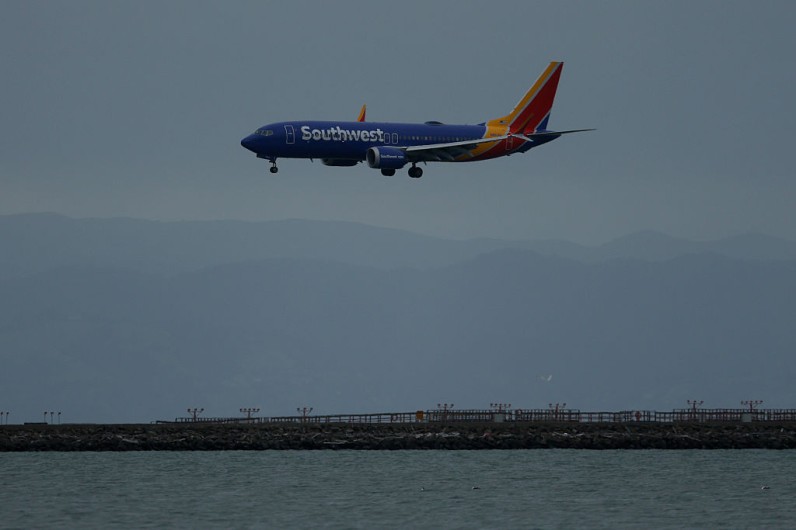
Southwest Airlines has announced a major safety upgrade for its pilots and passengers. The airline is installing new warning systems in the cockpits of nearly all its 800 Boeing 737 planes to help prevent runway errors.
The technology, called SmartRunway and SmartLanding, was created by Honeywell Aerospace.
These systems are already active on over 700 Southwest planes. They give pilots both voice and screen alerts if something seems wrong during taxiing, takeoff, or landing.
For example, if a pilot tries to take off from a taxiway instead of a runway or approaches too fast to land safely, the system will warn them.
"It's like what you see in modern cars," said Andrew Watterson, Chief Operating Officer at Southwest. "It's a really powerful tool to prevent bad outcomes."
According to FoxBusiness, the safety push comes after a close call earlier this year. In March, a Southwest plane in Orlando nearly took off from a taxiway by mistake.
Air traffic controllers caught the error just in time. Around the same period, another Southwest jet came close to a serious incident in Chicago, which may have been caused by sun glare.
Southwest Airlines is adding a new cockpit alert system to help its pilots avoid dangerous situations, after a series of close calls at airports in recent years https://t.co/dJzcRiYo5r
— The Wall Street Journal (@WSJ) June 16, 2025
Southwest Prioritizes Safety with Advanced Pilot Alert System
Jim Currier, CEO of Honeywell Aerospace Technologies, explained, "Pilots today face tougher conditions—bad weather, crowded skies, and quick decisions. This system helps give them real-time information to make safer choices."
The alert software is similar to one Honeywell developed years ago that might have helped avoid a near-crash involving an Air Canada jet in 2017, NY Post said. That flight almost landed on a taxiway filled with planes in San Francisco.
Honeywell's new system helps alert pilots if they are going too fast, flying too high, or if they might land too far down the runway. "We need multiple warning types—voice, screen, even vibrations—so pilots don't miss important alerts," said Thea Feyereisen, a Honeywell pilot and engineer.
Southwest began adding the alerts last year to help reduce risks, even though older planes are not required by the FAA to have them. Other airlines, such as Alaska Airlines, have already started using this tech too.
As airlines try to rebuild passenger trust after some recent scares, steps like these aim to show travelers that safety is always a top concern.
"Southwest is putting pilots and passengers first," Watterson added, "and this is a big step in doing just that."







Join the Conversation